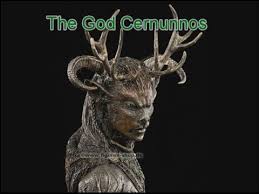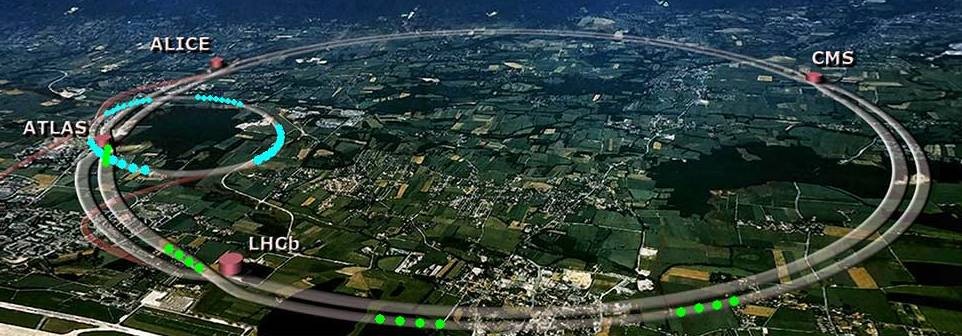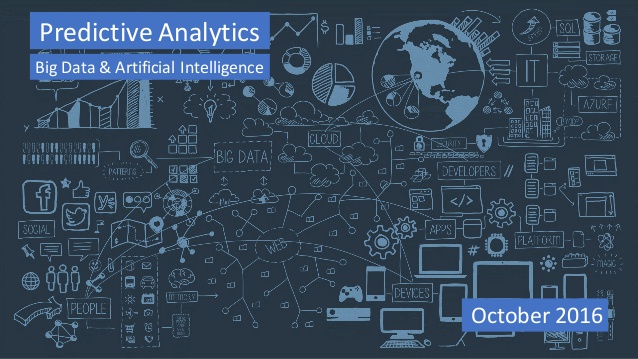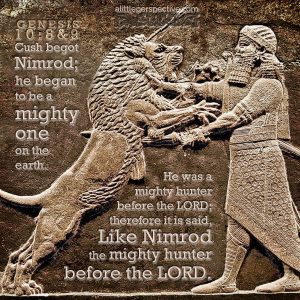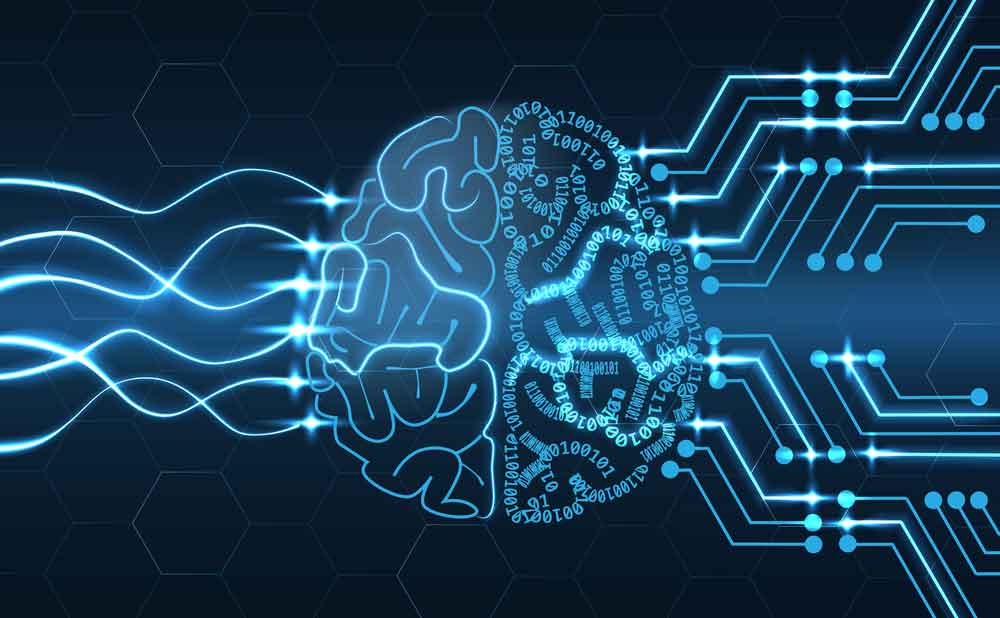Cern
At CERN, the European Organization for Nuclear Research,
physicists and engineers are probing
the fundamental structure of the universe. The scientific community, impaled by military interest around the globe became obsessed with harnessing the power of the mighty atom and unraveling the very fabric of physical reality at the subatomic level. They use the world’s largest and most complex scientific instruments
to study the basic constituents of matter – the fundamental particles. Cern is funded by its more than twenty member states at a rate of about 800 million euro a year.
The town in France where CERN is partially situated is called “Saint-Genus-Poilly.” This is where the ancient Temple of Apollo, the Roman sun god, and the gateway to the underworld was located.
Revelation 9:11
11And they had a king over them, which is the angel of the bottomless pit, whose name in the Hebrew tongue is Abaddon, but in the Greek tongue has his name Apollyon.
Apollyon “The Destroyer”.
United Nations logo with the wreath (crown) of Apollo/ Lucifer
CERNunnos is the conventional name given in Celtic studies to depictions of the “horned god” of Celtic polytheism.
Cernunnos was a Celtic god of fertility, life, animals, wealth, and the underworld.
This is the same as Pan / Azazel / Baphomet
Jesus built His church at the Base of Mt. HERMON (Caesarea Philippi) where the Temple of Pan was
and where He said “the Gates of Hell” would not prevail.
The Sidon bitumen is thought to refer to material found at Hasbeya.
Hasbeya is located at the Foot of Mt. Hermon
Matthew 12 : Peter’s Confession of Christ (Mark 8:27-30; Luke 9:18-20; John 6:66-71)
13When Jesus came into the coasts of Caesarea Philippi, he asked his disciples, saying, Whom do men say that I the Son of man am? 14And they said, Some say that you are John the Baptist: some, Elias; and others, Jeremias, or one of the prophets.15He said to them, But whom say you that I am? 16And Simon Peter answered and said, You are the Christ, the Son of the living God. 17And Jesus answered and said to him, Blessed are you, Simon Barjona: for flesh and blood has not revealed it to you, but my Father which is in heaven. 18And I say also to you, That you are Peter, and on this rock I will build my church; and the gates of hell shall not prevail against it. 19And I will give to you the keys of the kingdom of heaven: and whatever you shall bind on earth shall be bound in heaven: and whatever you shall loose on earth shall be loosed in heaven. 20Then charged he his disciples that they should tell no man that he was Jesus the Christ.
Large Hadron Collider
Switch on for the Large Hadron Collider at CERN happened on 10 September, 2008, marking the beginning of a physics experiment which intends to recreate conditions last seen a trillionth of a second after the Big Bang, (Creation).
The LHC is the world’s largest and highest-energy particle accelerator in the world that accelerates proton particle beams to a velocity just under the speed of light and then smashes them together in particle detector chambers in order to break apart the nuclei and unloose the subatomic secrets of matter.
The process gives the physicists clues about how the particles interact, and provides insights into the fundamental laws of nature. At full power it produces roughly 600 million collisions per second creating fleeting atomic explosions up to a million times hotter than the interior of the sun.
The data collected from these explosions is captured by the world wide LHC computing grid.
The Worldwide LHC Computing Grid comprises over 170 computing facilities in a worldwide network across 36 countries. The grid builds on the technology of the World Wide Web which was also invented at CERN in 1989. The collider is composed of some 9,600 super magnets which are 100,000 times more powerful than the gravitational pull of Earth that fire protons around a circular track at mindboggling speeds. A beam might rotate for up to 10 hours, travelling a distance of more than 10 billion kilometers,
enough to make it to the far reaches of our Solar System and back again. Travelling just below light-speed, a proton in the LHC will make 11,245 circuits every second.
One year after CERN’s grand opening, Sergio Bertolucci, former Director for Research and Scientific Computing of the facility, grabbed headlines when he told a British tabloidthe super collider could open otherworldly doors to another dimension for “a very tiny lapse of time,” mere fractions of a second. However, that may be just enough time “to peer into this open door, either by getting something out of it or sending something into it.” “Of course,” added Bertolucci,
“after this tiny moment the door would again shut; bringing us back to our ‘normal’ four-dimensional world … It would be a major leap in our vision of nature…
And of course [there would be] no risk to the stability of our world.”
To the alchemists, there was a spirit
hidden in the darkness of the prima materia,
a divine spark
buried in the darkness of matter.
FROM CERN’S WEBSITE:
Galaxies in our universe seem to be achieving an impossible feat. They are rotating with such speed that the gravity generated by their observable matter could not possibly hold them together; they should have torn themselves apart long ago. The same is true of galaxies in clusters, which leads scientists to believe that something we cannot see is at work. They think something we have yet to detect directly is giving these galaxies extra mass, generating the extra gravity they need to stay intact. This strange and unknown matter was called “dark matter” since it is not visible.
DARK MATTER
Unlike normal matter, dark matter does not interact with the electromagnetic force. This means it does not absorb, reflect or emit light, making it extremely hard to spot. In fact, researchers have been able to infer the existence of dark matter only from the gravitational effect it seems to have on visible matter. Dark matter seems to outweigh visible matter roughly six to one, making up about 27% of the universe. Here’s a sobering fact: The matter we know and that makes up all stars and galaxies only accounts for 5% of the content of the universe! But what is dark matter? One idea is that it could contain “supersymmetric particles” – hypothesized particles that are partners to those already known in the Standard Model. Experiments at the Large Hadron Collider (LHC) may provide more direct clues about dark matter.
Many theories say the dark matter particles would be light enough to be produced at the LHC. If they were created at the LHC, they would escape through the detectors unnoticed. However, they would carry away energy and momentum, so physicists could infer their existence from the amount of energy and momentum “missing” after a collision. Dark matter candidates arise frequently in theories that suggest physics beyond the Standard Model, such as supersymmetry and extra dimensions. One theory suggests the existence of a “Hidden Valley”, a parallel world made of dark matter having very little in common with matter we know. If one of these theories proved to be true, it could help scientists gain a better understanding of the composition of our universe and, in particular, how galaxies hold together.
DARK ENERGY
Dark energy makes up approximately 68% of the universe and appears to be associated with the vacuum in space. It is distributed evenly throughout the universe, not only in space but also in time – in other words, its effect is not diluted as the universe expands. The even distribution means that dark energy does not have any local gravitational effects, but rather a global effect on the universe as a whole. This leads to a repulsive force, which tends to accelerate the expansion of the universe. The rate of expansion and its acceleration can be measured by observations based on the Hubble law. These measurements, together with other scientific data, have confirmed the existence of dark energy and provide an estimate of just how much of this mysterious substance exists.
The much-prized prima materia is the psychic flypaper which catches every imaginable projection buzzing around in the human mind.
In 1989, under the guidance of Tim Berners-Lee, CERN began the World Wide Web project, which led to the first webpage in history.

